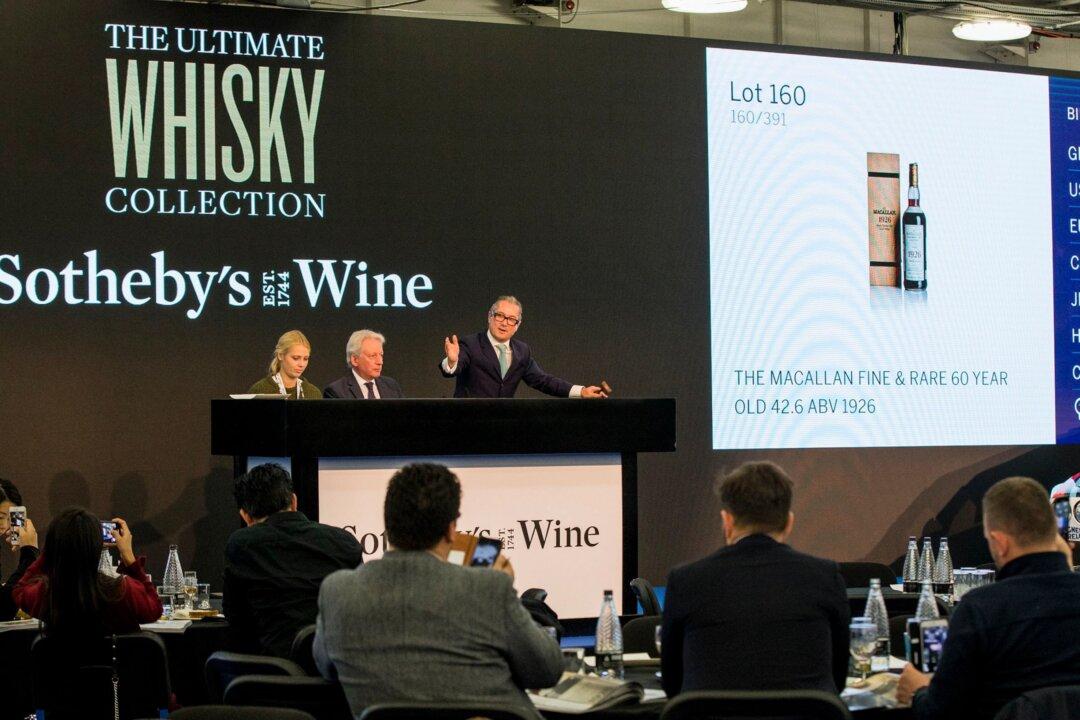To say wine is popular is a massive understatement, with an estimated $339 billion spent worldwide on fermented beverages in 2020, according to WineDeals.com.
The United States and France top the list in terms of consumption, with many indicators suggesting that global consumption will continue to rise significantly. But while it’s a popular drink, with the vast majority consumed very soon after purchase, could it also be a viable investment? What constitutes an investment varies based on who you ask, with antique toys, artwork, and even vehicles vying with traditional stock and bond options.






